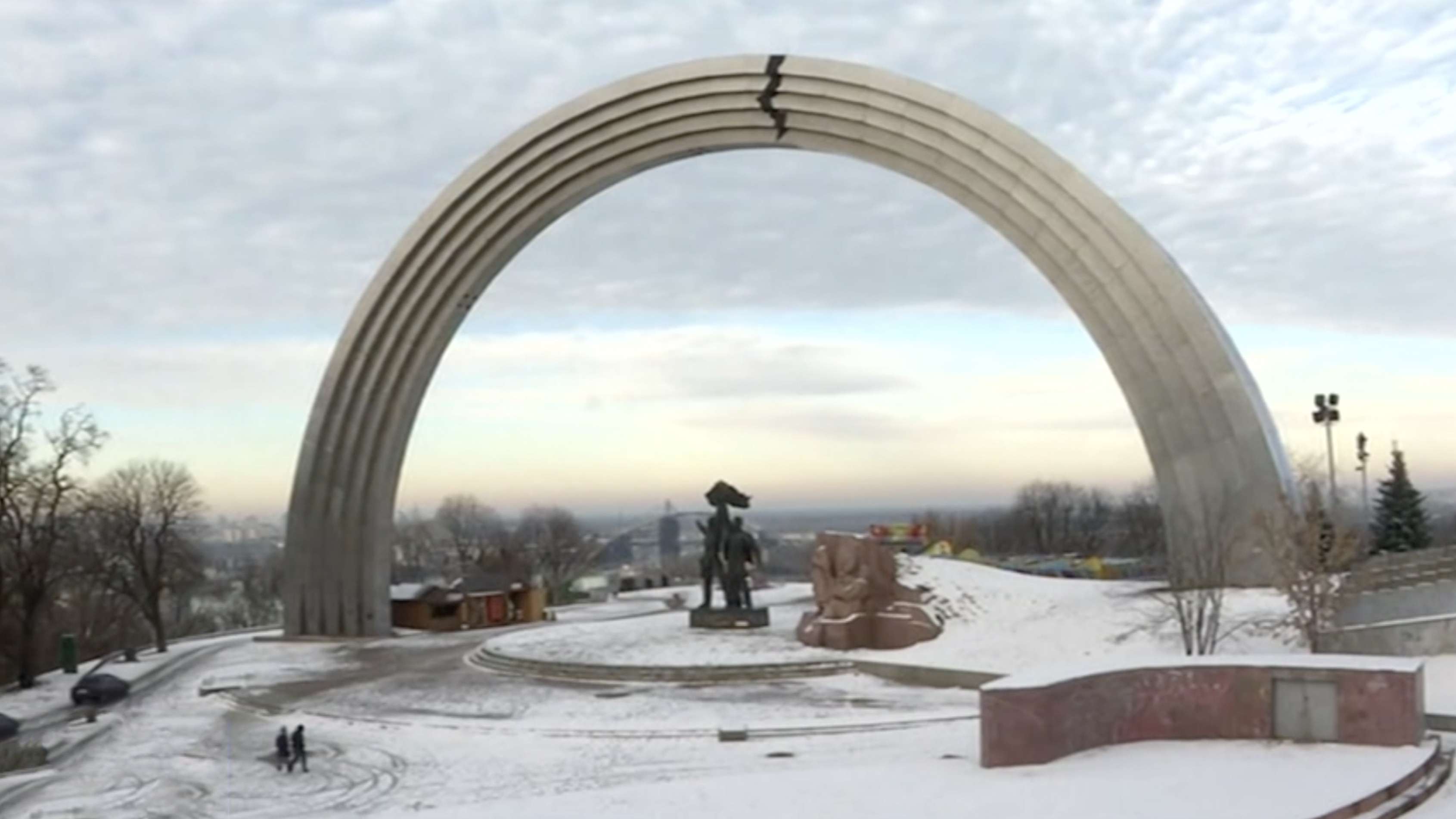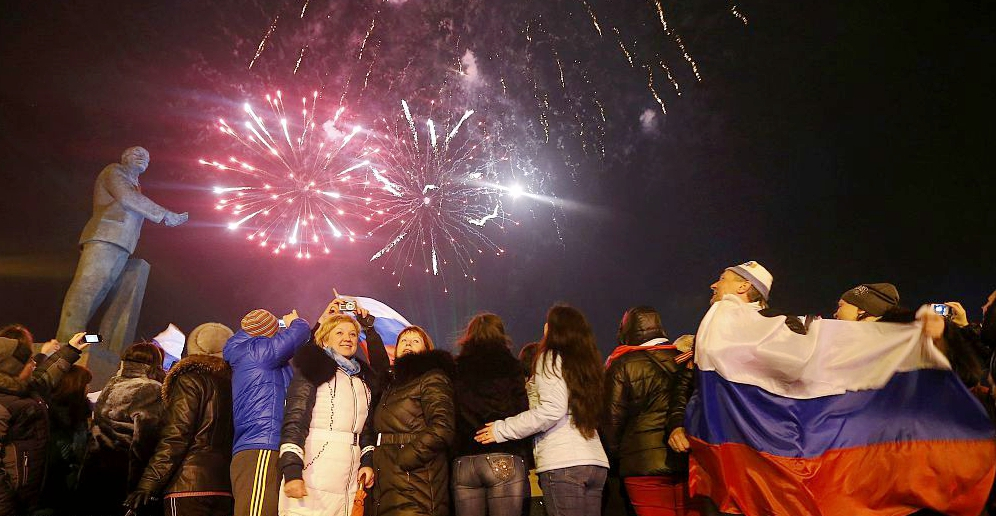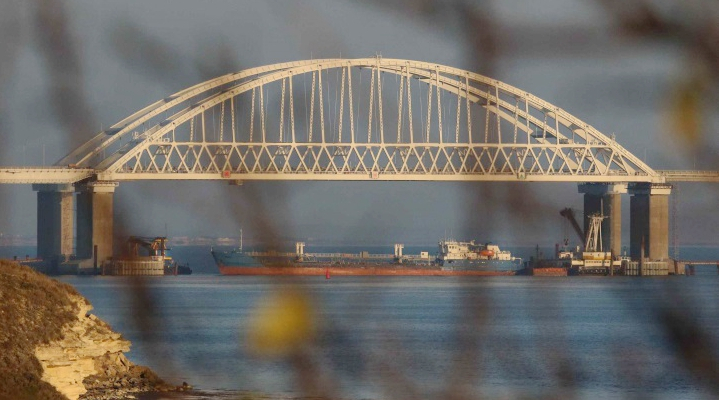
Europe
15:59, 31-Mar-2019
Hostility grows between Russia and Ukraine
Wang Tongxuan and Ma Yunpu
02:18

Why are relations between Russia and Ukraine so hostile? Here's a detailed timeline explaining the crisis.
Ukraine gained independence after the collapse of the Soviet Union in December 1991. In 1997, Ukraine and Russia signed a friendship treaty but peace in the region was short-lived.
In November 2013, the then Ukrainian President Viktor Yanukovych suspended talks over a political and trade deal with the European Union. Soon, thousands of protesters hit the streets demanding the president's ouster.
In February 2014, Yanukovych was forced to flee Kiev, as protesters stormed the presidential compound. One week later, the Crimea region was incorporated into Russia. A referendum was held, where over 95 percent of the total population of the region voted to join Russia.
But Crimea wasn't the only flashpoint. In April 2014, Kiev launched military action against rebels in eastern Ukraine.

People wave the Russian flag as they celebrate the announcement of preliminary results of the referendum at Lenin Square in the Crimean capital of Simferopol, March 16, 2014. /VCG Photo
People wave the Russian flag as they celebrate the announcement of preliminary results of the referendum at Lenin Square in the Crimean capital of Simferopol, March 16, 2014. /VCG Photo
One month later, separatists in the eastern regions of Donetsk and Luhansk declared independence.
Since then, more than 10,000 people have been killed in the conflict zone.
In May 2014, Petro Poroshenko won Ukraine's presidential election and within a month signed the contentious EU trade deal, the same one that led to the downfall of former President Yanukovych.
The then Obama administration in the U.S. and the European Union blamed Russia for the crisis and imposed sanctions on it, though Russia denied the allegations
The U.S. has given more than 1 billion U.S. dollars in defense support to Ukraine since 2014
Meanwhile, fighting in eastern Ukraine continues unabated.

A Russian cargo ship is seen beneath a bridge connecting the Russian mainland with the Crimean Peninsula after three Ukrainian navy vessels were stopped by Russia from entering the Sea of Azov via the Kerch Strait in the Black Sea, Crimea, November 25, 2018. /VCG Photo
A Russian cargo ship is seen beneath a bridge connecting the Russian mainland with the Crimean Peninsula after three Ukrainian navy vessels were stopped by Russia from entering the Sea of Azov via the Kerch Strait in the Black Sea, Crimea, November 25, 2018. /VCG Photo
The tensions between the two nations flared up again last year when Russian President Putin inaugurated a bridge linking southern Russia to Crimea, an action Ukraine termed illegal
In November, Russia seized two Ukrainian gunboats and a tug with 24 sailors in the Kerch Strait.
They were sailing between the Odessa port in the Black Sea to Mariupol in the Azov Sea.
Russia has accused Ukraine of entering its waters in a "pre-planned provocation" but Kiev denies the claim.
After days of a blockade, Russia partially restored traffic through the area.

SITEMAP
Copyright © 2018 CGTN. Beijing ICP prepared NO.16065310-3
Copyright © 2018 CGTN. Beijing ICP prepared NO.16065310-3